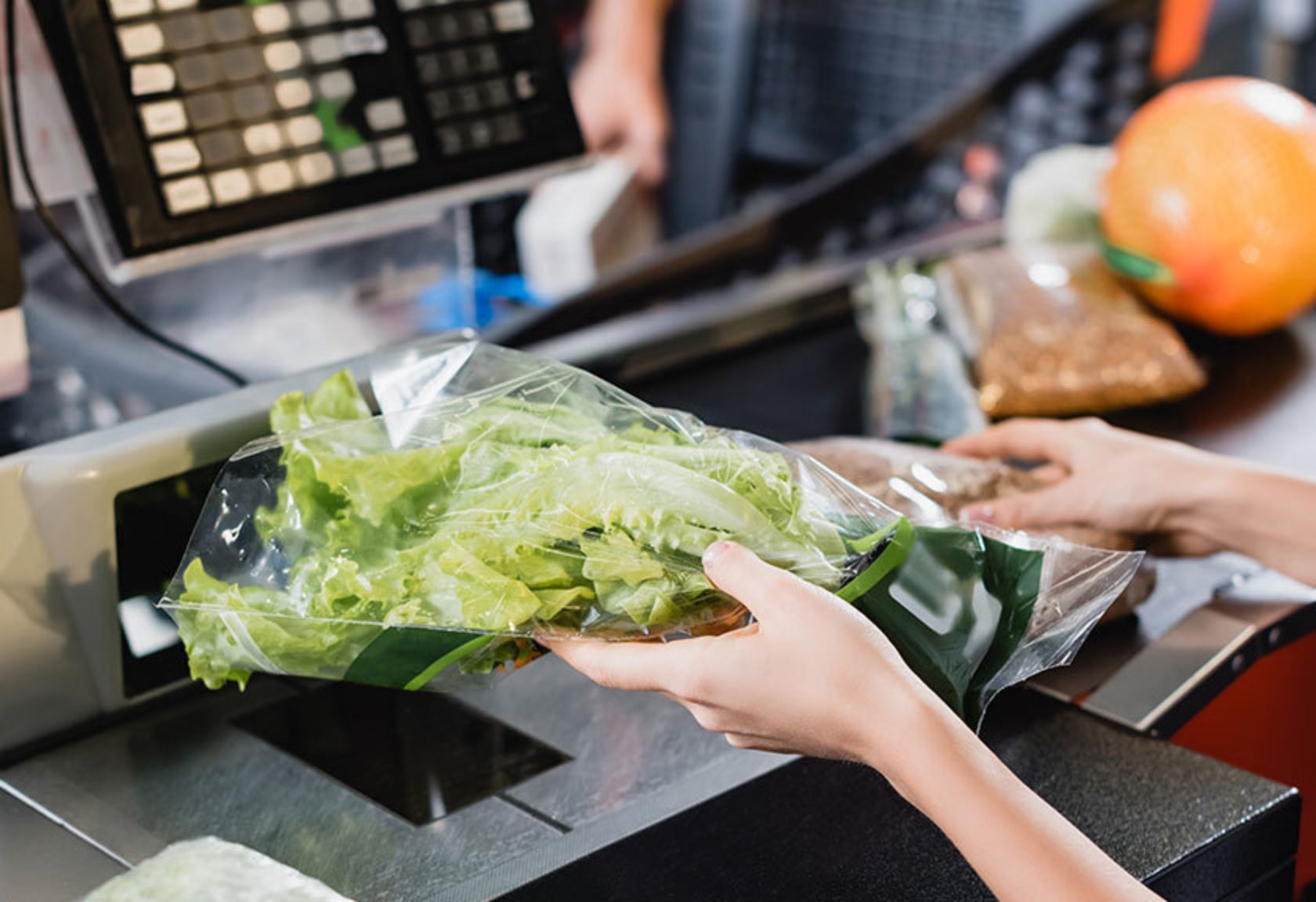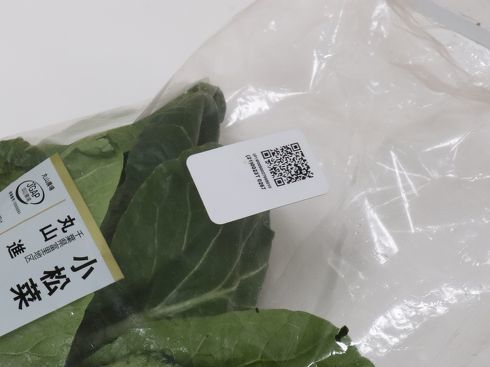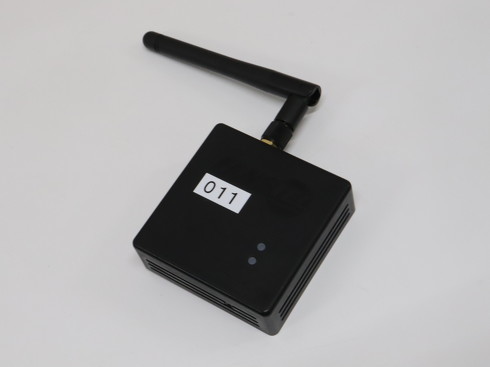



Wiliot IoT Pixels Connected Vegetables





We all know the feeling of being at the store, standing in front of a product, and not being able to recall if we need to buy more.
Similarly, we have all experienced the disappointment of reaching to the back of the refrigerator and seeing the expired product that was forgotten about.
What if we could have visibility into our refrigerators at any time, from anywhere, and could be alerted about product expiration before it happens? We could save a lot of time, cost, and waste; it would be more convenient and better for the environment.
This was the object of this METI project in Japan, part of a major initiative to reduce food waste, on the heels of a previous successful in-home test, that our partner SATO Holdings Corporation is participating in with their solution built using Wiliot technology. Wiliot IoT Pixels an ideal technology for in-home use cases such as this due to their Bluetooth connectivity which allows any user to leverage the existing Bluetooth infrastructure available in their homes.
The Japan Research Institute, Limited provides background on the project with the following: 'The amount of food loss in Japan is 5.7 million tons as of the first year of Reiwa, about half each for businesses (3.09 million tons) discharged by companies and households (2.61 million tons) discharged by consumers. It is estimated that they are sharing. In other words, the cooperation of companies and consumers is indispensable for reducing food loss.
Interest in social contribution through the use of goods and services is increasing, and it is expected that the number of consumers who actually participate will increase rapidly in the future. With regard to food loss reduction, which is one of the most familiar social issues as one of the goals of the SDGs, the number of consumers who want to contribute by using goods and services is increasing, and the efforts of companies that want to grasp the needs are being made. It is expected to become even more active.'
MONOist describes the experiment with Wiliot Technology in more detail. Find an English translation of excerpts below:
MONOist: Visualize the"Contents of a Refrigerator" using IoT Tags, Demonstration Experiment to Reduce Food Loss Has Started
The Japan Research Institute (JRI) announced on January 11, 2022, that it will start a demonstration experiment to reduce food loss in each area of the food chain consisting of producers, retail stores, and consumers, with companies in "SFC (Smart Food Consumption) Concept Study Group" that was founded by JRI. The experiment aims to reduce food loss at retail stores and consumers' homes, by visualizing product information using IoT (Internet of Things) tags.
January 12, 2022- Visualize Inventory with IoT tags and weight sensors
This demonstration experiment will be carried out by utilizing a part of the results of the "Project to Build an Infrastructure for Improving Efficiency and Creating Added Value in Distribution and Logistics (Creating Examples of Food Loss Reduction Using IoT Technology)", that was commissioned by the Ministry of Economy, Trade and Industry (METI).
In addition to the Japan Research Institute, there are six companies participating in the experiment: Ito-Yokado, Imamura Shoji, Sato, SIRU+, Toppan Printing, and Hitachi Solutions West Japan.
The experiment will be held at Ito-Yokado's HIKIBUNE store (Sumida-Ku, Tokyo; hereinafter referred to as "HIKIBUNE store") and at consumers' homes, and the maximum period is 40 days, from January 12 to 31, 2022 and February 9 to 28, 2022.
The experiment will target producers, retailers, and consumers to develop initiatives to reduce food loss through the acquisition and utilization of product information by tagging, respectively. Three major experiments will be implemented.
.....
The third experiment is the visualization of inventory at consumers’ homes, using "Wiliot IoT Pixels" - IoT tag that SATO is promoting and a weight sensor.
The Wiliot IoT Pixels is a battery-less IoT sticker [that communicates via Bluetooth Technology] that can acquire various information about the object that is attached to it.
In this experiment, Wiliot IoT Pixels are attached to the exterior of a product purchased by the consumer and stored in a refrigerator to collect two types of information: product temperature and whether the product is in the refrigerator.

In addition, when the consumer picks up a product from the refrigerator and uses it, the consumer can measure the weight of the product using a weight sensor installed in their kitchen to record the amount of use.
Inventory inside the refrigerator can be visualized through this process.
Information can be referred to using smartphone applications even at the store and it will prevent unnecessary shopping.
In addition, inventory information is sent to the cloud and liked in real-time with "SIRU+", the meal management application developed by SIRU+ and that is also linked to purchase information.
SIRU + is an application that performs nutritional diagnoses based on product information scanned by consumers with smartphones at retail stores.
For example, if cabbage remains in the refrigerator of the consumers, the application proposes recommended recipe from the nutritional viewpoint with a coupon that can be used at the store.

The experiment with the Wiliot IoT Pixels will be conducted on 100 consumer monitors, both male and female.


